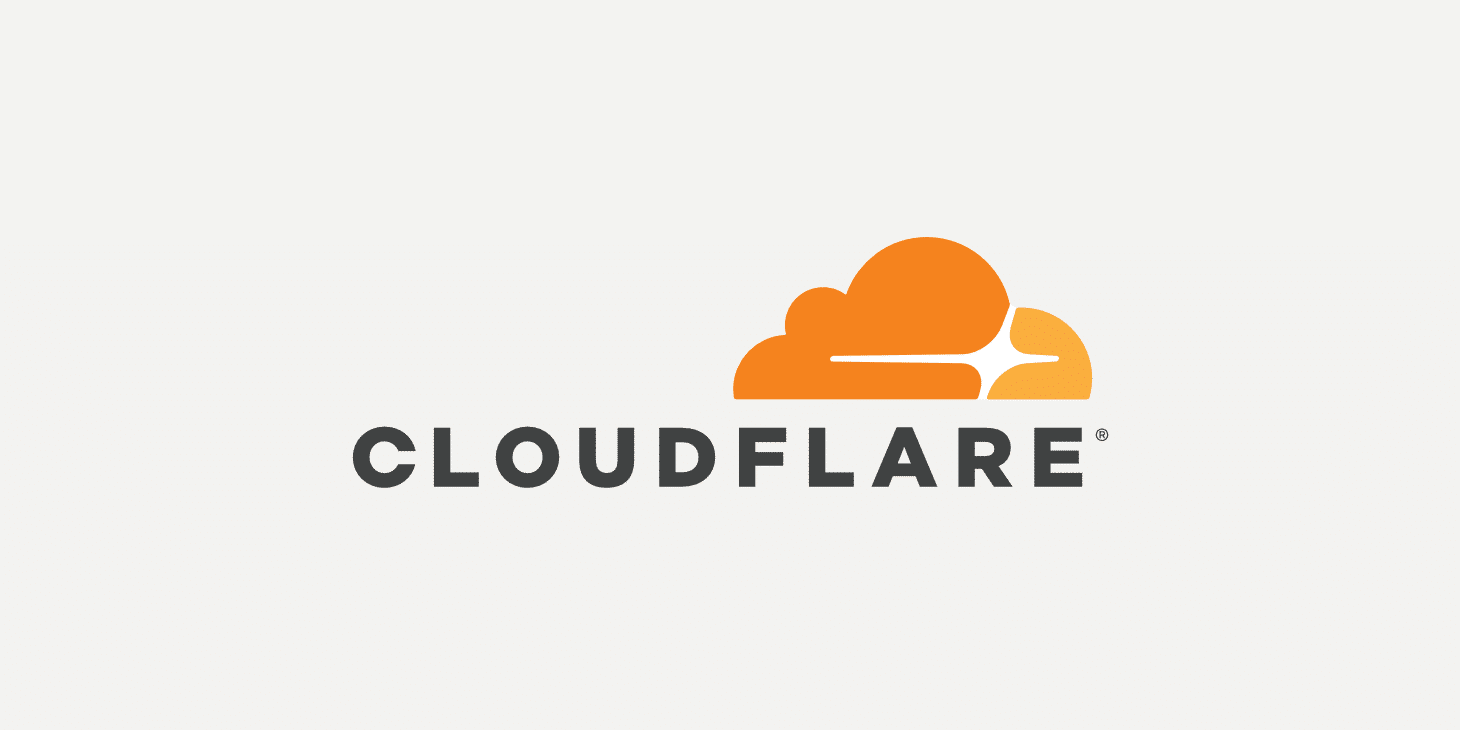How to manage DNS records using Cloudflare

What Is DNS?
It's often said that the internet is a place of infinite possibilities and it couldn't exist without a directory service like DNS. When you visit a new website and your device need to find out its address. Using the Domain Name System (DNS), your device is capable of finding what you're looking for.
In simple words, a DNS is a protocol that connects you to the internet. When you type the URL for a website into your browser, it'll either identify and load the webpage on your screen or search for it externally (like through Google).
What is Cloudflare DNS?
Cloudflare is an enterprise-grade authoritative DNS service that offers the fastest response time, unparalleled redundancy, and advanced security with built-in DDoS protection and DNSSEC.
Cloudflare enables CDN service to your domain name for faster loading of your website. Moreover, it can be used for managing you DNS records.
What are the advantages of Cloudflare DNS?
Cloudflare is your one-stop-shop for all things. The free version of Cloudflare can help you with a few of the core features, like CDN, DNS and security. Unlike other services, you also get some performance boosts to give your site a faster load time. You'll also find a ton of other helpful features, like reducing page load time and fighting mobile data theft!
Improve Page Load Time
Improves Search Engine Optimization
Safeguards Attacks from DDoS Attacks
You may also like to learn how to install and configure Cloudflare on your WordPress website.
How to Connect domain name with Cloudflare?
Whenever you purchase a domain name, the domain registrar provides you with the ability to control the Name Server (NS) records. The NS records point to the DNS control portal.
In order to connect your domain with Cloudflare, please follow the below steps.
Login to Cloudflare portal
Click on Add a Site
Enter the domain name and click on next
Select the Free package.
Configure the DNS records. Below are some commonly used DNS records. (Set TTL as auto or any desired value)
A record Used to point to the domain name to the hosting. The value is usually an IP address. Example 18.20.60.244
CNAME records Most commonly used for sub-domains. It replicates the content present over the URL mentioned. Most common CNAME records are www, FTP, *.
MX records These records are used to link the domain name with the mail server. Example Gsuite, webmail, etc
TXT records These records cover a wide spectrum and can be used for multiple purposes, likely verification records, adding SPF records, etc.
Click on Next once all the DNS records are added.
Configure Cache setting, SSL settings and click on Next.
Now Cloudflare will provide you with the NS records which are to be updated in the Domain Control Panel.
After the NS records are updated, it may take up to 48 hours for a global propagation. DNSchecker would provide you with a global propagation listing over various internet service providers.
Here's a blog on how to enable geo-location blocking with Cloudflare?